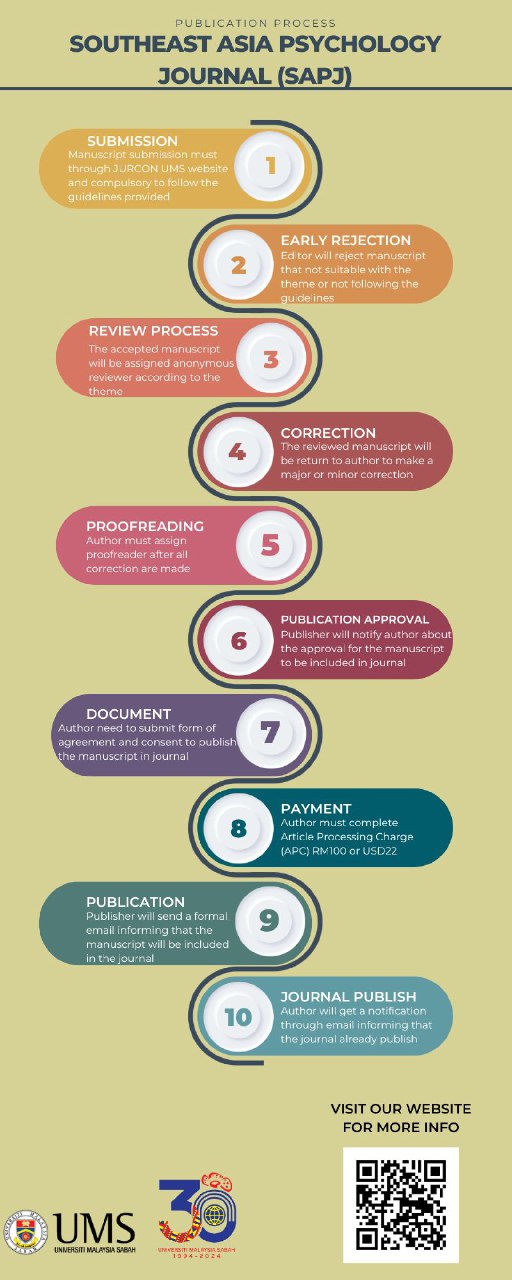THE RELATIONSHIP BETWEEN HABITUAL PHYSICAL ACTIVITY AND JOB SATISFACTION AMONG LECTURERS IN UNIVERSITY MALAYSIA SABAH
DOI:
https://doi.org/10.51200/sapj.v7i1.5162Keywords:
Job Satisfaction & Habitual Physical ActivityAbstract
Having a job has become one of the essential needs of all humans in the current 21st century. Without a job or career that particular individual will not be able to obtain their basic needs in their daily life. Hence by having a job or working, this individual will have the money to buy the things that they require to sustain in their life. Since having a job plays a huge role in a person’s life, a big portion of their time is being spent at their job. Thus, the satisfaction that they experience at their workplace is optimum for them to have a satisfactory life. The same situation goes to higher education teaching personals. The educational sector is mostly regarded as the backbone of a country since good leaders are born through the learning process that they encounter in their schooling life. Hence, educators must experience high job satisfaction to be able to produce high quality and excellent students who will help in the up growth of the nation. The purpose of this study is to identify the relationship between habitual physical activity towards job satisfaction that is being experienced by the lecturers of University Malaysia Sabah. The survey design was adopted using validated instruments including Baecke Questionnaire for Measurement of a Person’s Habitual Physical Activity (Beacke et al., 1982) and Job Satisfaction Survey (Spector, 1994). Thus, the results indicated that all the variables listed above do have a significant relationship with job satisfaction experienced by the lecturers.
References
Abu-Bakar, H., Hashim. (1985). An analysis of job satisfaction among academic staff of universities in Malaysia. PhD Research, (abstract). University of Ohio. UTM library. Malaysia.
Ahmad, W. I. W., & Abdurahman, S. M. (2015). Job Satisfaction among Academic Staff of Universiti Utara Malaysia: A Work Environment Perspective. Mediterranean Journal of Social Sciences 6(3 S2): 251.
Altaf, A., & Awan, M. A. (2011). Moderating effect of workplace spirituality on the relationship of job overload and job satisfaction. Journal of business ethics 104(1): 93-99.
Allegrante, J. P., & Michela, J. L. (1990). Impact of a school-based workplace health promotion program on morale of inner-city teachers. Journal of School Health 60(1): 25-29.
Altbach, P. G. (2009). Peripheries and centres: Research universities in developing countries. Asia Pacific Education Review 10(1): 15-27.
Andersson, L. M., Giacalone, R. A., & Jurkiewicz, C. L. (2007). On the relationship of hope and gratitude to corporate social responsibility. Journal of Business Ethics 70: 401-409.
Babbie, E. (1986). The practice of sodal research (4th ed.).
Baecke, J. A., Burema, J., & Frijters, J. E. (1982). A short questionnaire for the measurement of habitual physical activity in epidemiological studies. The American Journal of Clinical Nutrition. 36:936-942.
Belmont, CA: Wadsworth.Baxter, P., & Jack, S. (2008). Qualitative case study methodology: Study design and implementation for novice
researchers. The qualitative report. 13(4), 544-559.








